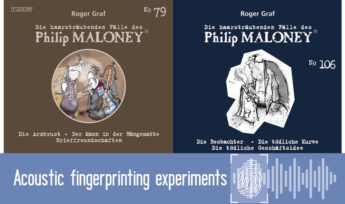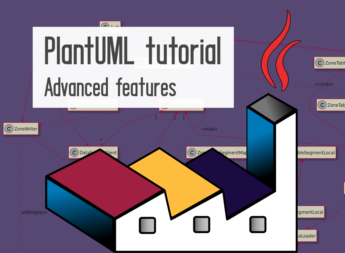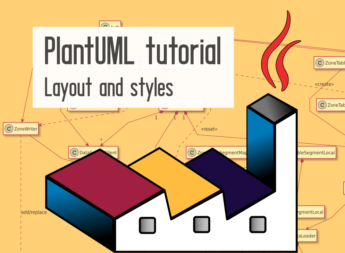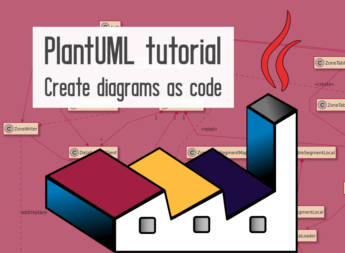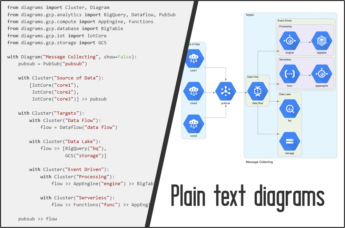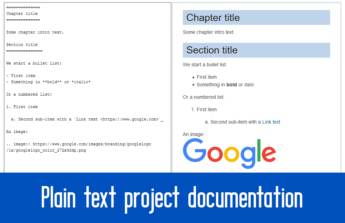Myths of the Microsoft 365 cloud – Part III – Teams and its SharePoint integration
Teams is Microsoft’s communication platform that offers video meetings and text-based chats at work that happen in one or more team rooms. Learn how Teams integrates with SharePoint, how you can plan your team structure (including private channels), and discover several non-obvious features of the app. Introduction Microsoft Teams is a cloud application, which you … Read more





